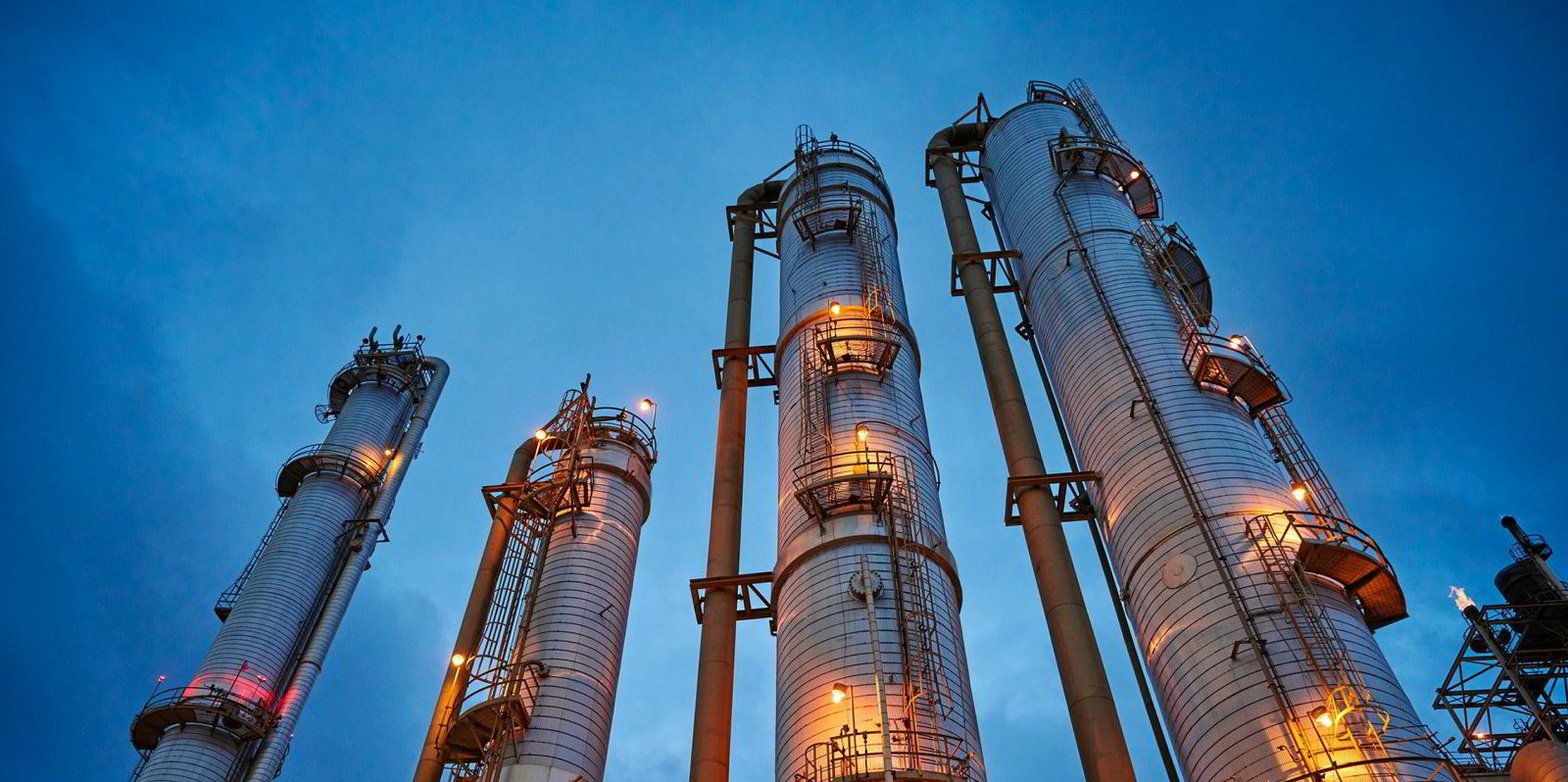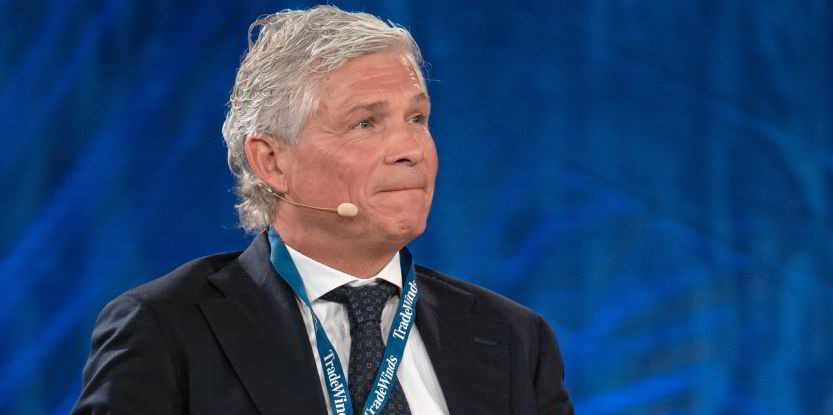Dutch producer OCI Global stands ready to supply shipping with green methanol — if owners do not overlook bio sources of the fuel.
The Euronext-listed group’s methanol chief executive Bashir Lebada told TradeWinds that in the race to decarbonise shipping now, “methanol has become the clear winner”.
“A lot of shipowners want to cut their emissions,” he explained. But the CEO added: “I think shipping is historically a difficult industry to crack; it’s very fragmented, other than in containers.”
However, environmental legislation is focusing minds on decarbonisation and new fuels.
Owners have to comply whether they like it or not, Lebada said.
Over the last year, companies have begun to understand more what’s coming, he added: “We’ve been getting a lot more phone calls.”
OCI has just clinched a deal to supply AP Moller-Maersk’s first methanol ship.
Lebada views shipowners in general as being too cautious on ordering methanol and other lower-carbon vessels, but numbers are picking up.
Depending on the ship, dual-fuel newbuilding contracts involve a premium of between 7% and 12% over conventional vessels, he said.
“That to me is not a huge premium to have to pay to have that type of optionality, with the long horizon that ships generally have,” Lebada said.
He describes the cumulative effect of ordering as like an avalanche, and believes numbers will continue to balloon. “Look at how many orders we’ve had over the past year,” the CEO said.
As more such vessels hit the water, people will get more comfortable with using the fuel, Lebada believes.
Volumes to sell
“We’ll be standing ready as people get their ships out of the yards. We have volumes to sell into marine over the next 12 to 18 months,” he said.
But the CEO also warned: “There’s going to be a battle for electrons and not everyone is going to get what they want over the coming years.”
Over the next four to five years, OCI will be bringing in significant volumes, either bio-methanol or e-methanol from renewable electricity.
“The market is speaking for itself: people continue to order vessels, we continue to secure sales. The demand side has really started to materialise, so that gives us the confidence to go out and build on the supply side,” Lebada said.
“We are confident we and others can meet the demand,” he added.
Green methanol volumes will be mainly bio over the next five or 10 years, OCI argues.
“Electrolysis still has to pop,” Lebada said.
OCI’s feedstocks include sewage sludge, municipal solid waste, waste and residues from processing alcohols, waste starch slurry, and waste and residues from processing vegetable oils.
An important part of the fuel mix
Lebada said: “For some reason it’s starting to be treated as if it’s second class to e-methanol when it definitely should not be.”
The chemical is exactly the same, he explained, with the only difference being the sustainability of it and the production process.
Owners can achieve emission reductions of between 65% and 80% with bio, OCI claims.
“It’s a very important part of the fuel mix,” the CEO added.
OCI has several major projects underway to significantly increase sustainable production of its two core products.
These include GasifHy, a gasification project at its existing European methanol facility to shift it to green methanol production.
There is also a 1.1-million-tonne-per-annum blue ammonia plant in Texas, scheduled to start production in 2025, and the “Egypt Green” ammonia facility through Fertiglobe, a strategic partnership between OCI and Abu Dhabi oil company Adnoc.
Some other new projects have yet to be announced, Lebada said.





